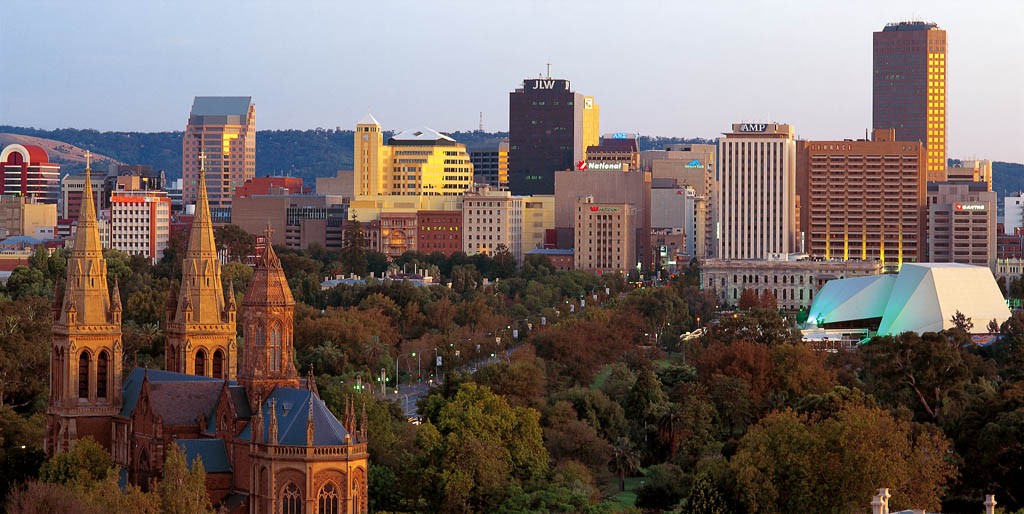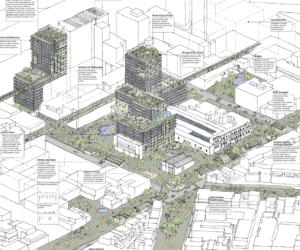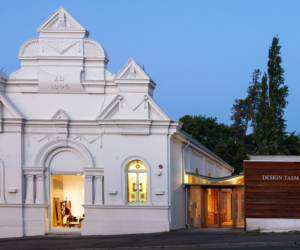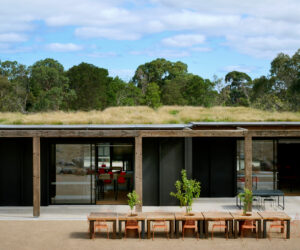Adelaide plans to be the first carbon neutral city in the world
With two thirds of the world’s population estimated to be living in cities by 2050, the role of local governments in tackling climate change is under the spotlight this month, as global leaders act upon agreements reached at the 21st Conference of the Parties in Paris.
While the aim of the Conference is for nations to reach a universal agreement on climate change – capping the rate of global warming at 2 degrees Celsius and further reducing the world’s reliance on fossil fuels – it is our cities that will be doing the heavy lifting when it comes to implementing climate change adaptation.
According to UN estimates, more than 70 per cent of climate change reduction measures will be undertaken by local governments, making them key players in this weeks debate.
Speaking at the Sustainable Innovation Forum in Paris is South Australia’s capital city Lord Mayor Martin Haese, who believes Adelaide is a strong contender in becoming the world’s first carbon neutral city – and he plans to do it by 2025.
“Out of any city in Australia we are ideally positioned to grab this,” he said.
And he used the Paris convention to explain why.
Around Australia and the world, cities are announcing targets of zero net emissions, but so far only a handful of states and capital cities have signed the global Compact of States and Regions and Compact of Mayors, two UN accords that require signatories to publicly report their emission reductions.
In April, the South Australian Government together with the Adelaide City Council signed the two international agreements and jointly set the ambitious target of making Adelaide carbon neutral in the next 10 years.
Adelaide already has significant runs on the board, but this partnership at state and local level to drive new policy and further affect change is crucial said Haese.
“The state already produces 41 per cent of its electricity from renewable energy and 27 per cent of South Australian households have solar PV on their roof – that’s the highest take up in the nation,” he said.
But at the heart of Haese’s message to global leaders is how the City of Adelaide has tackling climate change while their residential population has been growing and the number of jobs in the city is rising.
“What has principally been for many years a climate debate and an environmental debate for all the right reasons, I think equally now is an economic debate.”
Between 2007 and 2013, the City of Adelaide reduced its carbon emissions by 19 per cent, while Gross Regional Product increased by more than AUD$4 million.
Through their own operations, the Council reduced their carbon emissions generated by their office buildings, car parks, libraries, community centres and Central Market precinct, by 60 per cent, since 2007.
Almost 50 percent of the cuts in the Administration building were achieved through changing the buildings lighting system to energy efficient LED lights and upgrading old air-conditioning units.
“There are more people coming into the city every year, and at the same time we are making very confident and measurable gains in terms of green house gas reductions, getting closer to this aspiration of carbon neutrality,” said Haese.
“At first we saw a levelling off and then a diminishing of green house gas emissions, so the whole argument that you can’t grow your economy without increasing your green house gas emissions has been decoupled, and technology has been the enabler of that,” he said.
The 19 per cent reduction across the whole city can be attributed to largely the greening of the city’s electricity supply – including large-scale wind and solar projects, roof-top solar photovoltaics – and further significant energy efficiency improvements in new and existing commercial buildings in the city.
“Setting aside all forms of transport, when it comes to built form, the largest carbon emitters are the buildings in the city [contributing to 48 per cent of Adelaide’s emissions].”
“So if we look at local government’s role in tackling climate change, it puts things into a new perspective,” said Haese.
While South Australia is blessed geographically with untapped wind and solar resources, renewable energy storage is going to be the next big game changer for the City of Adelaide, said the Council’s senior sustainability advisor Adrian Stokes.
In July this year, the Council launched a Sustainable Incentive Scheme offering financial incentives to residents and businesses looking to install solar energy storage batteries.
The State Government matched the Council’s $150K bringing the total pool of funds to $300K AUS.
“It was the first incentive in Australia for energy storage, and we just got bombarded with interest,” said Stokes.
“The number of business out there who were suddenly calling us up saying, ‘Oh thank god, we’ve finally got some movement at government level on batteries stored with solar…we opened up quite the Pandora’s box,” he said.
They have been running a similar program for city businesses as part of Australia’s CitySwitch initiative and history has shown when a business invests in one area, it often leads to further change, he said.
Patrick Robinson from Invest Adelaide said the drive towards a carbon-neutral city is very promising for innovative investment in Adelaide.
“Put simply, Adelaide with its easy access to wind and solar resources plus strong government support is the perfect location for new investment to meet the demand for new and better ways to generate, store and deploy energy,” Robinson said.
While Stokes admits that incentives like this aren’t going to result in a carbon neutral city, “it’s a catalyst in investment and getting people talking, businesses talk, and all of a sudden everyone is talking about batteries in Adelaide.”
Without any media advertising, the scheme is expected to exhaust its funds before the end of the financial year.
The conversation is changing said Haese.
“Even when I speak to a climate sceptic, I don’t think I’ve met anyone who is sceptical about lowering their cost of energy.”
In addition to the join financial incentive, this month the South Australian Government released a raft of measures to stimulate economic growth through the creation of green jobs.
The measures included:
- A new waste strategy to reduce the city’s landfill by diverting 70 per cent of metropolitan household waste by 2020
- An Expression of Interest calling on low-carbon energy providers to service 100 per cent of the Government’s electricity usage
- An additional $300,000 AUS funding for three projects, creating new jobs in the state’s waste and recycling sector
- As well as an on-going investigation into the opportunities to convert the Government’s 4500 car fleet to zero emission vehicles
South Australian Premier Jay Weatherill said, “if Paris is a success and the world agrees to bold action on climate change, then eyes will turn to jurisdictions that have led the way.”
“We are in prime position to capitalise on investment from businesses and governments across the globe,” he said.
“It’s pretty bold stuff,” said Haese.
“Adelaide is now the fifth most liveable city in the world, but if we want to become the fourth, or the first, then we need to continue to do things differently.
“And I just wonder when we are talking about investment, technology, jobs, the environment, and just as important liveability… I think pushing us up that leaderboard and grabbing the status of the world’s first carbon neutral city could be the thing upon which they all converge,” he said.



